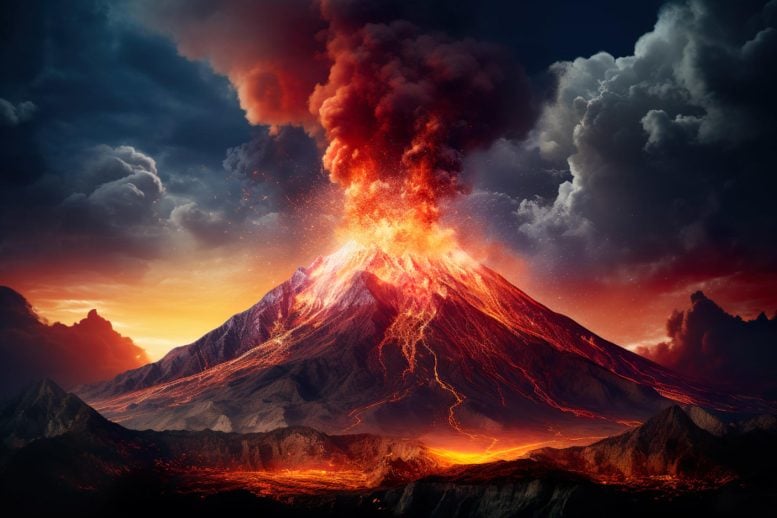
Researchers from Kobe University have conducted a comprehensive study of the volcanic deposits around Japan’s Kikai caldera, revealing that the eruption 7,300 years ago was the largest of the Holocene. By employing seismic imaging and sediment sampling, the team gained insights into the sedimentation processes of underwater volcanic eruptions, demonstrating the vast impact of these events. Their findings provide crucial information for understanding the dynamics of major volcanic eruptions and their historical and climatic significance. Credit: SciTechDaily.com
An in-depth study of the submerged volcanic deposits surrounding Japan’s Kikai caldera shed light on both the mechanisms of deposition and the scale of the event. Consequently, researchers from Kobe University determined that this eruption, occurring 7,300 years ago, was the largest volcanic eruption of the Holocene era by far.
In addition to lava, volcanos eject large amounts of pumice, ashes, and gases as a fast-moving flow, known as “pyroclastic flow,” and its sediments are a valuable data source on past eruptions. For volcanoes on land, geologists understand the sedimentation mechanism of pyroclastic flows well, but the sediments themselves get lost easily due to erosion.
On the other hand, for volcanoes on oceanic islands or near the coast, the pyroclastic flow deposition process is largely unclear, both because the interaction with water is less well understood and because reliable data is difficult to obtain and therefore sparse. For these reasons, it is difficult to estimate the impact of many past eruptions on the climate and on history.
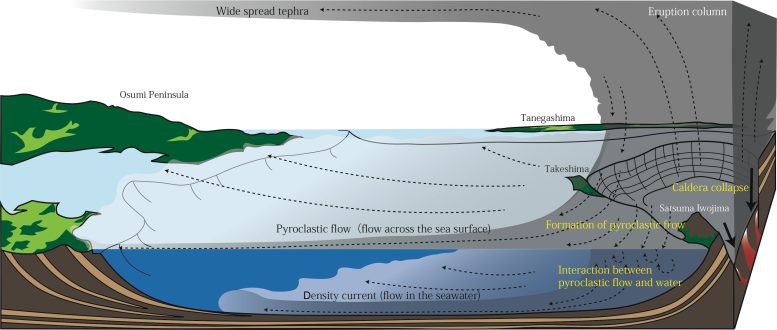
The eruption and volcanic material sedimentation processes of giant caldera eruptions are not well understood, making it also difficult to estimate their size. Kobe University researchers used seismic reflection surveys to visualize the sedimentary structure and analyzed collected sediment samples, enabling them to obtain important information on the distribution, volume, and transport mechanisms of the ejecta. Credit: Shimizu Satoshi
Research Expedition and Findings
A Kobe University research team around SEAMA Nobukazu and Shimizu Satoshi took to the seas on the Kobe University-owned training vessel Fukae Maru (since replaced by the newly built Kaijin Maru) and conducted seismic imaging as well as sediment sampling around the Kikai caldera, off the south coast of Japan’s Kyūshū island. The outstanding detail of the seismic reflection data revealed the sedimentary structure with a vertical resolution of 3 meters and down to a depth of several hundred meters below the seafloor.
Shimizu explains: “Due to the fact that volcanic ejecta deposited in the sea preserve well, they record a lot of information at the time of eruption. By using seismic reflection surveys optimized for this target and by identifying the collected sediments, we were able to obtain important information on the distribution, volume, and transport mechanisms of the ejecta.”
In their article published in the Journal of Volcanology and Geothermal Research, the geoscientists report that an eruption that happened 7,300 years ago ejected a large amount of volcanic products (ash, pumice, etc.) that settled in an area measuring more than 4,500 square kilometers around the eruption site. With a dense-rock equivalent volume of between 133 and 183 cubic kilometers, the event was the largest volcanic eruption to have taken place within the Holocene (the most recent 11,700 years of Earth’s history following the end of the last ice age) known to science.
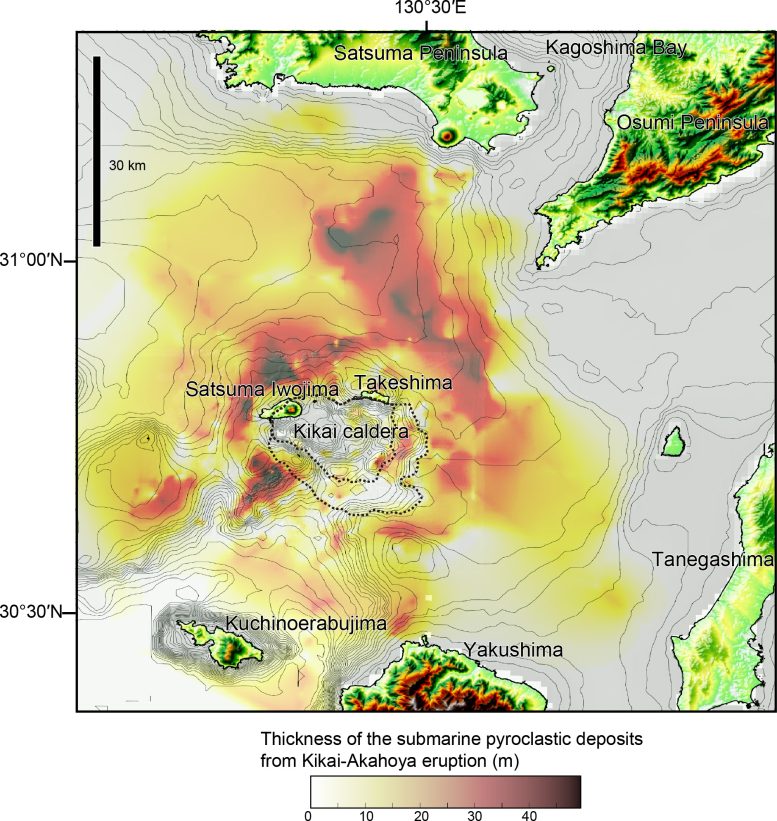
Kobe University geoscientists report that the eruption ejected between 133 and 183 cubic kilometers of dense-rock equivalent of volcanic products (ash, pumice, etc.) that settled in an area measuring more than 4,500 square kilometers around the eruption site, making the event the largest volcanic eruption to have taken place within the Holocene. Credit: Shimizu Satoshi
Insights and Implications
In the process of their analysis, the research team confirmed that the sedimentations on the ocean floor and those deposited on nearby islands have the same origin and from their distribution around the eruption site they could clarify the interaction between the pyroclastic flow and water. They noticed that the underwater portion of the flow could travel vast distances even uphill.
Their findings yield new insights into the elusive dynamics of volcanic mega-events that may prove useful in identifying the remains of other events as well as in estimating their size.
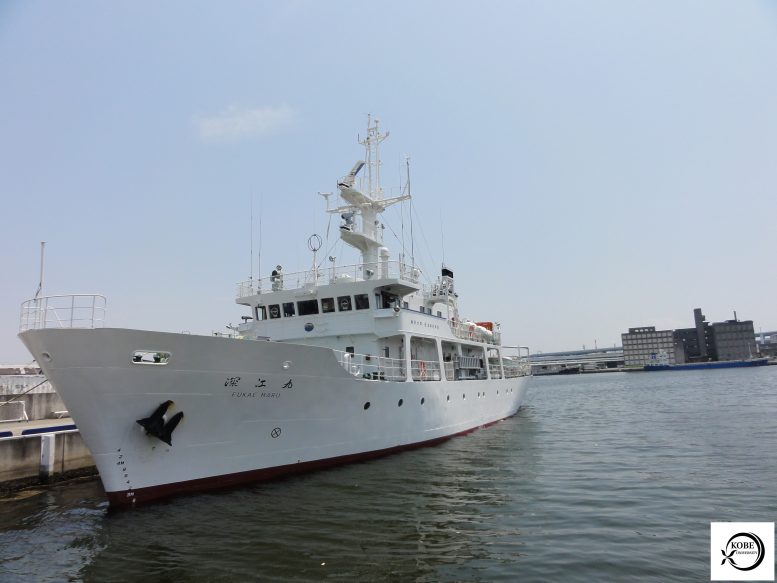
The Kobe University research team around SEAMA Nobukazu took to the seas on the Kobe University-owned training vessel Fukae Maru (since replaced by the newly built Kaijin Maru) and conducted seismic imaging as well as sediment sampling around the Kikai caldera, off the south coast of Japan’s Kyūshū island. Credit: Kobe University
Seama explains, “Large volcanic eruptions such as those yet to be experienced by modern civilization rely on sedimentary records, but it has been difficult to estimate eruptive volumes with high precision because many of the volcanic ejecta deposited on land have been lost due to erosion. But giant caldera eruptions are an important phenomenon in geoscience, and because we also know that they influenced the global climate and thus human history in the past, understanding this phenomenon has also social significance.”
In this light, it is fascinating to think that the event that created a caldera about the size of a modern capital city was in fact the largest volcanic event since humans have spread all over the globe.
Reference: “Submarine pyroclastic deposits from 7.3 ka caldera-forming Kikai-Akahoya eruption” by Satoshi Shimizu, Reina Nakaoka, Nobukazu Seama, Keiko Suzuki-Kamata, Katsuya Kaneko, Koji Kiyosugi, Hikaru Iwamaru, Mamoru Sano, Tetsuo Matsuno, Hiroko Sugioka and Yoshiyuki Tatsumi, 1 February 2024, Journal of Volcanology and Geothermal Research.
DOI: 10.1016/j.jvolgeores.2024.108017
This research was funded by the Ministry of Education, Culture, Sports, Science, and Technology Japan under The Second Earthquake and Volcano Hazards Observation and Research Program (Earthquake and Volcano Hazard Reduction Research) and the Japan Society for the Promotion of Science (grant 20H00199).

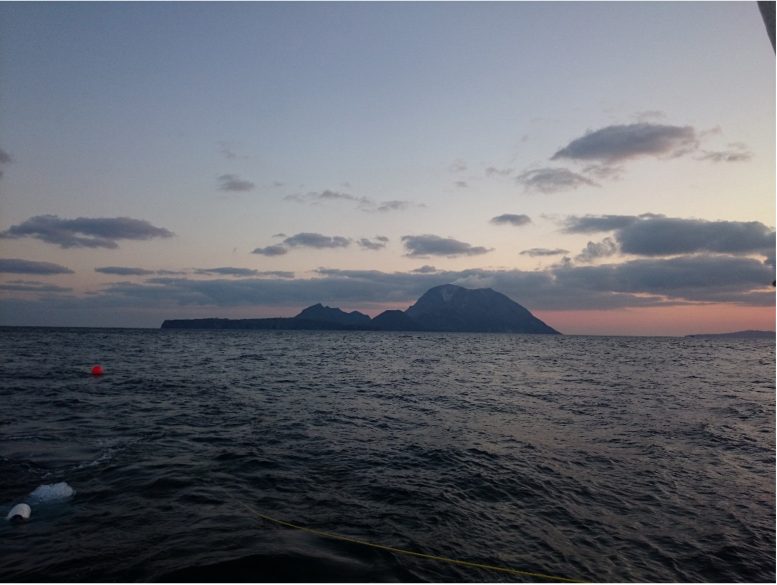
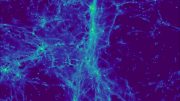
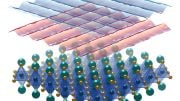

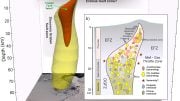

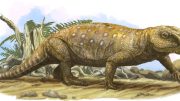


Was that about, what, 600 years before Mazama?
400 years after Mazama.
“…, was the largest volcanic eruption of the Holocene era by far.”
Formally, the Holocene epoch is a subdivision of the Cenozoic era.